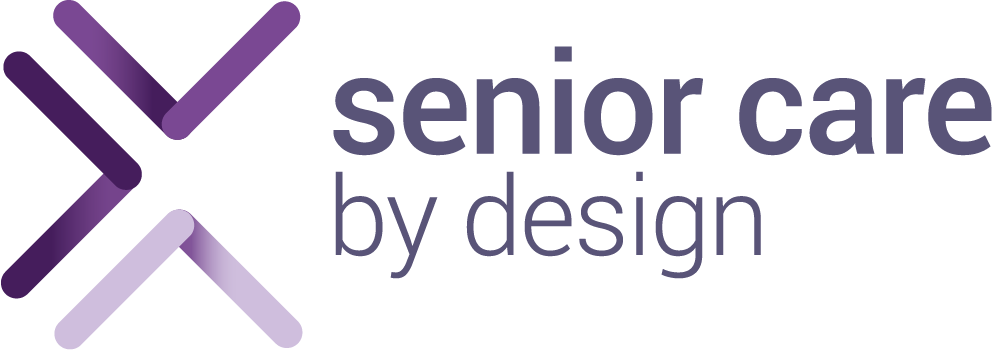The very first Death Cafe was held in East London in 2011. Founders Jon Underwood and Sue Barsky Reid wanted to make discussions about death less daunting by presenting them in socially friendly environments. Lizzy Miles brought the first Death Café in the U.S. to Columbus, Ohio in September, 2012 and from there they took on a life of their own. Death Cafe San Diego arrived in May of 2013 when Karen Van Dyke pioneered the first one in North Park. Karen’s goal was to have a Death Cafe in every neighborhood in San Diego. While we haven’t reached that goal quite yet, today you can find them from Central San Diego, up to North County over to East County and down to South Bay. Worldwide there have been more then 1,200 Cafes hosted in over 23 countries.
At Death Cafés, people come together in a relaxed, safe setting to discuss life, death, and dying while making the most of our finite lives. It’s not a therapy or grief group; it’s simply a welcoming forum for discussion over tea and cake. Refreshments are one of the principles of the Cafe. The linking of food and drink comes from Bernard Crettaz’s Cafe Mortels concept. Mr. Crettaz said that ‘nothing marks to community of the living like sharing food and drink’.
Death Café is built on the premise that many people want to talk about death, but don’t feel comfortable addressing it with family and friends. The safe, secure, confidential atmosphere of Death Café fosters dialogue among individuals who share a curiosity and desire to explore the end of life and its surrounding issues. There aren’t many places where talking about death is OK. We want to provide that environment, and help lead the discussion. The concept is rather simple and civilized. There is no promoting of product or services. There is no specific agenda, religious or otherwise. The topics can include nuts and bolts of end-of-life planning, like wills, power of attorney for financial, advanced directives as well as esoteric topics such as, “Is there life after death?”.
Come to a Death Cafe and you will find out how life affirming it can truly be. In the words of Steve Jobs, “No one wants to die. Even people who want to go to heaven don’t want to die to get there. And yet death is the destination we all share. No one has ever escaped it. And that is as it should be, because death is very likely the single best invention of LIfe. It is Life’s change agent.”
Most Often Asked Questions
Where can I learn more about the Death Café?
Go to www.deathcafe.com, visit our Facebook page at www.facebook.com/deathcafesandiego or send us an email at deathcafesd@gmail.com to be added to our email list.
Where and when are Death Cafes held?
They are held all over the world. When I introduced the Death Cafe in San Diego my goal was to have one in every neighborhood in our beautiful city. You can now find them from North County all the way to South Bay and over to East County. Go to www.deathcafe.com put in your zip code and you will find the closest one to you. You will find that dates, days and times vary to suit your schedule. The next two in San Diego will be in December in Hillcrest www.deathcafe.com/deathcafe/1396/ and Mission Valley www.deathcafe.com/deathcafe/1394/.
Who comes to a Death Café?
Anyone is welcome. It’s an event for ages 18+ families, friends and coworkers. Bring an open mind, an open heart and your curiosity.
Is there a cost to attend?
There is no charge to attend but donations to help cover costs are appreciated.
Do I need to rsvp?
Yes, rsvp if you’d like to secure your spot at the event. Death Cafes have been wait listed in the past so someone who has reserved a spot and is on the list will be seated first.
What can I expect at a Death Café?
We adopt the European “salon” model of Death Café: free-flowing conversation around the topic of death-from-any-angle. Openness is the only prerequisite. We steer away from the facilitated approach, guest speakers and “hands-on activities.” It is not a grief support or counseling session. Rather, it’s a group directed discussion of death, dying and living with no specific agenda, objectives or themes.


